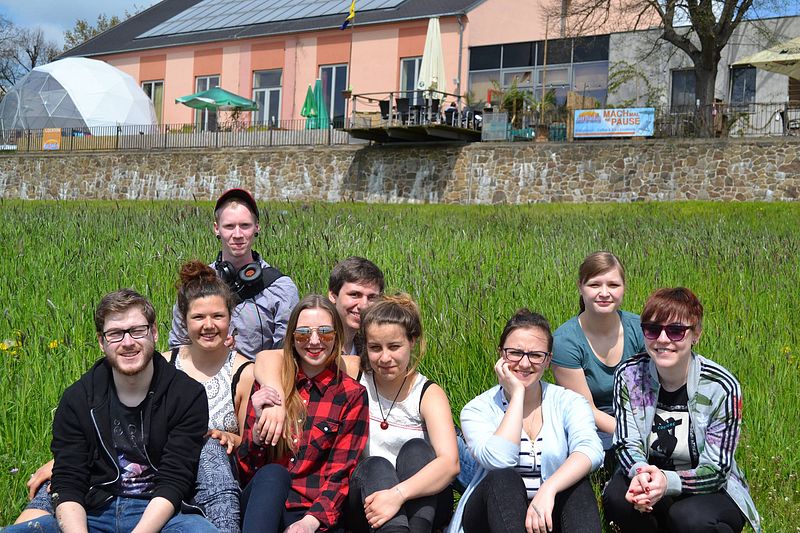As part of the class, the students discovered… the planet

Three students from the Netherlands discovered an extrasolar planet by doing an exercise given by their lecturer. It was possible thanks to the database collected by the Polish OGLE observation project. Leiden University students in the Netherlands tested an automatic method of searching for changes in the brightness of stars from the OGLE database. They managed to find out, that the brightness of one of the stars drops for two hours at regular intervals 2,5 day. The brightness loss is several percent. More detailed observations were made with the VLT telescope belonging to the European Southern Observatory, which allowed to confirm, that the star's dimming is caused by a planet passing in front of the star. The planet has five Jupiter masses, but it is very close to its star, just 0,03 astronomical unit (Astronomical Unit is the average distance between the Earth and the Sun.). The star it orbits around has a surface temperature of almost 7000 K, which makes her the hottest star, near which the planet was found. Project manager Ignas Snellen says, that the discovery was a complete surprise. “The project was an exercise, which was supposed to teach students how to create search algorithms. They did it so well, that it was time to test the algorithm on a large database. The moment they came to my office and showed the starlight curve, I was completely surprised.”
The students participating in the project are Meta de Hoon, Remco van der Burg oraz Francis Vuijsje. The planet they discovered was designated OGLE2-TR-L9b, but privately named it ReMeFra-1 after their first names. The searched database of changes in glow included 15700 stars observed by OGLE once or twice every night in years 1997-2000. The computer that performed the calculations needed 1000 hours to do your job. The data has been made available to all comers, therefore, they were good material for testing the student algorithm. OGLE is a Polish project run by the University of Warsaw. A telescope dedicated to the project is operating in Chile and takes pictures of selected areas of the sky every night. In this way, the brightness of millions of stars was examined. The project discovered hundreds of thousands of variable stars, thousands of gravitational microlensing phenomena, as well as extrasolar planets.










